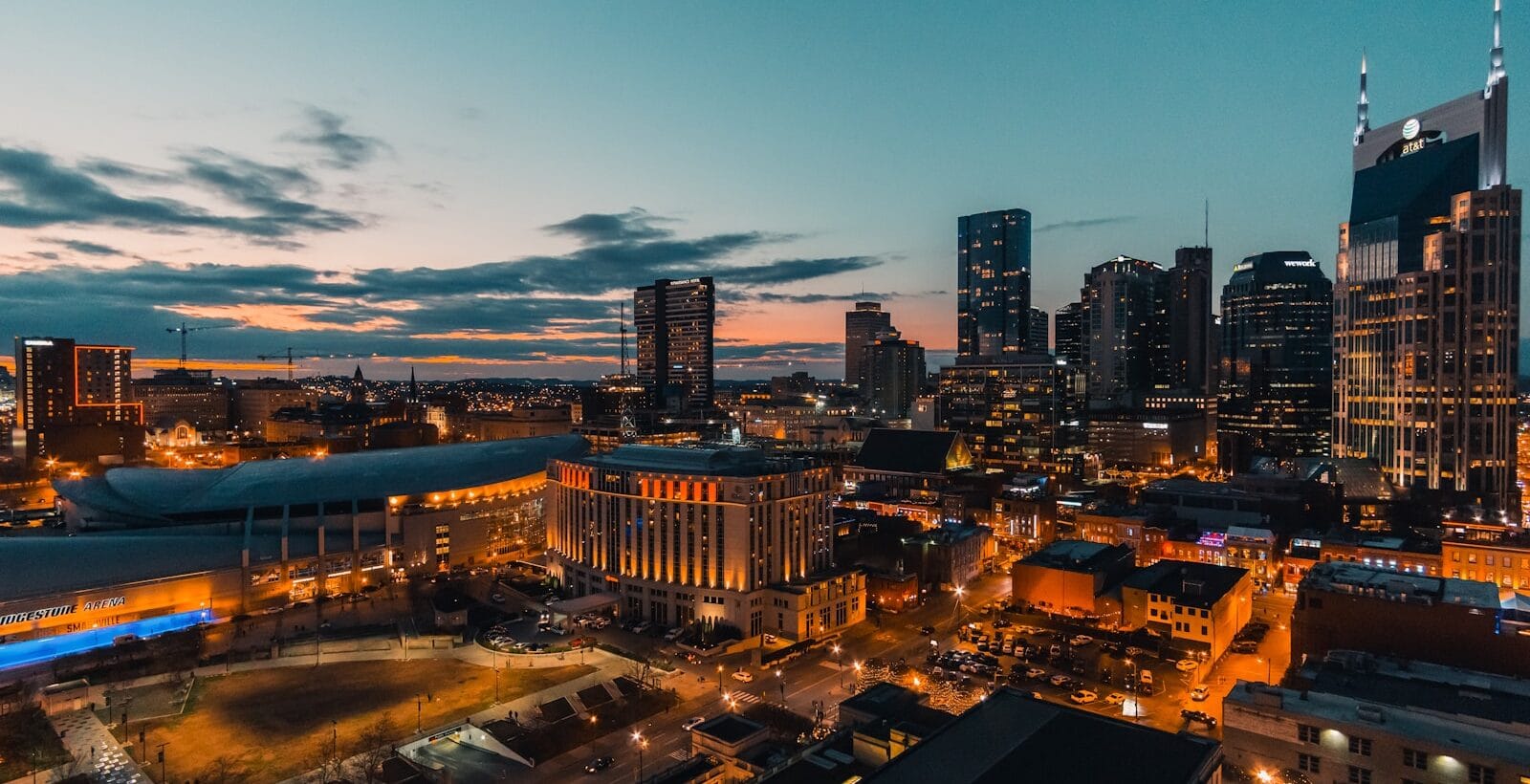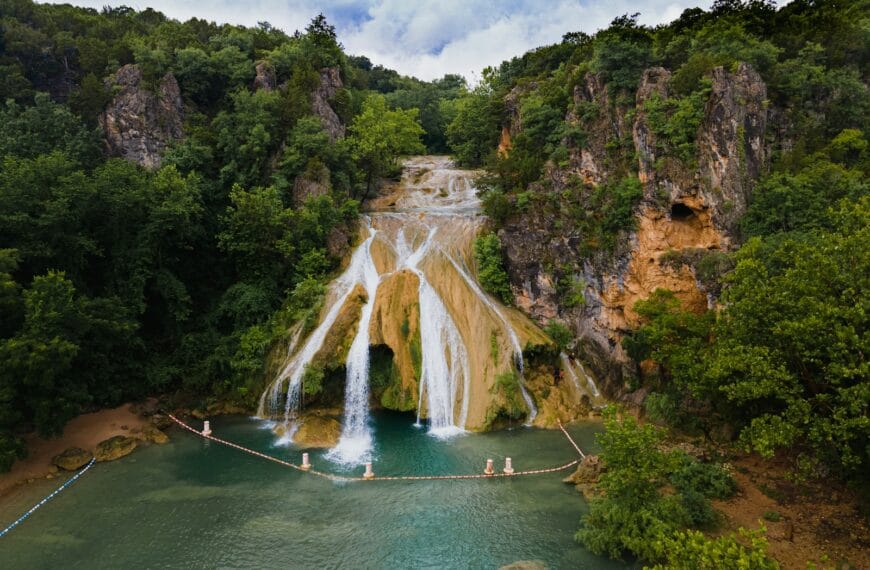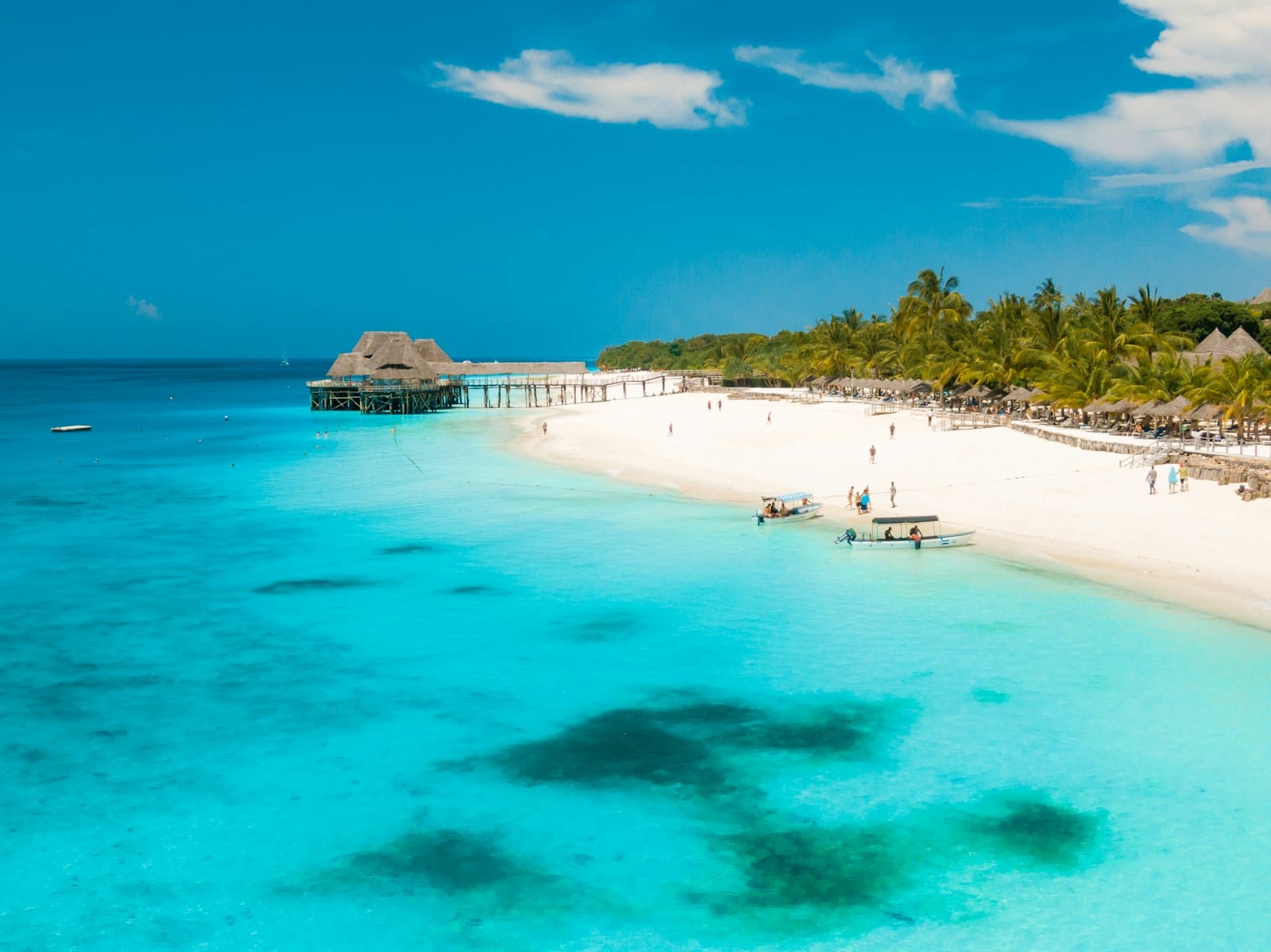Explore Arizona Travel Guide: Red Rock Wonders & Desert Adventures
Introduction to Arizona Travel Guide
From the sculpted canyons of the Colorado Plateau to the colorful culture of the Sonoran Desert, Arizona is a land of awe-inspiring contrasts. Whether you’re chasing sunsets over red rock cliffs, learning about Indigenous heritage, or exploring quirky desert towns, Arizona serves up unforgettable experiences in every corner.
Start your journey with our Arizona Travel Guide and explore all it has to offer — from epic hikes and cultural treasures to cactus-studded drives and stargazing in dark-sky sanctuaries.
Discover Arizona Tours offers curated travel insights, expert tips, and reliable tools to help you explore the best of Arizona with confidence and ease. Whether you’re planning a weekend getaway or a full itinerary, we provide the inspiration and resources to make your trip unforgettable.
Continent: North America
Country: United States
State/Province: Arizona
Area: 295,234 km² (113,990 mi²)
Population: ~7.4 million (2024)
Density: ~25 people/km²
Capital: Phoenix
Regions/Subregions: Central Arizona, Northern Arizona, Southern Arizona, Sonoran Desert, Colorado Plateau
Language(s): English (official), Spanish widely spoken, Navajo in some regions
Currency: U.S. Dollar (USD)
Time Zone(s): MST (UTC-7); no daylight saving time except in Navajo Nation
Airports: Phoenix Sky Harbor (PHX), Tucson International (TUS), Flagstaff Pulliam (FLG), Yuma International (YUM)
Climate: Arid and semi-arid; desert in the south, alpine in the north
Known For: Grand Canyon, red rock landscapes, Native American culture, hiking, golf, desert vistas, national parks
Recommended Vaccines: Routine U.S. vaccines; Hepatitis A if camping or visiting remote areas
Hospitals/Health Centers: Top hospitals include Mayo Clinic (Phoenix), Banner University Medical Center (Tucson), Flagstaff Medical Center
Terrain-Specific Concerns: Heatstroke risk in summer; altitude sickness in northern highlands
Travel Insurance: Highly recommended for international visitors — get coverage here
Stay Informed with Official Updates: World Health Organization – International Travel and Health | Centers for Disease Control and Prevention – Global Travel Health
Statewide Safety: Generally safe, though summer heat and remote terrain pose risks
Regional Notes:
Southern Arizona: Border patrol presence and desert conditions
Monsoon Season (July–September): Flash flooding risk in desert areas
Emergency Management: Arizona Department of Emergency and Military Affairs
Stay Informed with Official Updates: US Travel Advisory | UK Foreign Travel Advice
Martin Luther King Jr. Day: January (3rd Monday)
Independence Day: July 4
Thanksgiving: November (4th Thursday)
Christmas Day: December 25
César Chávez Day: Recognized unofficially in some communities
Currency: U.S. Dollar (USD)
ATMs: Widely available
Card Use: Credit/debit cards accepted everywhere
Tipping: 15–20% standard in restaurants and for services
Sales Tax: Varies by city (approx. 5.6%–11%)
Main Hub:
Phoenix Sky Harbor International Airport (PHX): Major hub for American Airlines and Southwest; connects to North America and limited international routes
Other Airports:
Tucson International (TUS) – Regional hub
Flagstaff Pulliam (FLG) – Access to Grand Canyon region
Yuma International (YUM), Prescott Regional (PRC)
Phoenix Airport Info: https://www.skyharbor.com
Intercity Travel: Rental cars essential for national park access; Amtrak, Greyhound, and FlixBus serve major cities
Urban Transport:
Phoenix: Valley Metro light rail and buses
Tucson: Sun Tran buses
Driving Tips:
Drive on the right; IDP needed for some international licenses
Beware extreme heat and wildlife on rural roads
Speed cameras used in some cities
SIM Cards & Coverage: Verizon, AT&T, T-Mobile offer strong coverage in cities; patchy in remote areas
Wi-Fi: Widely available in cafes, hotels, libraries
Note: Signal loss common in Grand Canyon, desert, and highland zones — download maps offline
Drinking Age: 21+
Cannabis: Legal for recreational and medical use (21+)
Cultural Respect: Be mindful in Native American reservations — photography and access may be restricted
Dress Code: Casual; sun protection and hydration crucial year-round
Firearms: Open carry allowed; concealed carry legal without a permit for 21+
Emergency Numbers: 911 for police, fire, ambulance
Highway Patrol: Arizona Department of Public Safety – Dial 911 or 511 for road updates
Wildfire & Weather Alerts: Arizona Emergency Info
Embassy Services: For international travelers, nearest consulates often located in Los Angeles or Dallas
Seasonal Overview:
Summer (May–Sept): Extremely hot in Phoenix (35–45°C); cooler in Flagstaff and highlands
Winter (Nov–Feb): Mild in desert (15–25°C); snowy in the north
Monsoon Season: July–Sept — sudden storms and lightning
Best Time to Visit: March–May and October–November
Live Forecast: Weather Forecast
Arizona Cities & Major Destinations
Phoenix
Arizona’s capital is a sprawling metropolis known for its sunny weather, desert hiking trails, and vibrant arts scene. Explore the Heard Museum, hike Camelback Mountain, or catch spring training baseball in the Valley of the Sun.
Tucson
A UNESCO City of Gastronomy, Tucson blends Native American, Spanish, and Mexican cultures with rich culinary traditions. Don’t miss the historic Mission San Xavier del Bac or nearby Saguaro National Park.
Flagstaff
Nestled in ponderosa pine forest near the San Francisco Peaks, Flagstaff is a gateway to the Grand Canyon and a hub for outdoor adventure. In winter, it’s a snow sports haven; in summer, it’s all about hiking and festivals.
Sedona
Renowned for its red rock formations and energy vortexes, Sedona is both a spiritual center and outdoor playground. Try jeep tours, yoga retreats, or photography sessions in the golden hour light.
Page
Located near the Utah border, Page is home to famous sights like Antelope Canyon, Horseshoe Bend, and Lake Powell. It’s the perfect base for exploring the Colorado River and Glen Canyon Recreation Area.
Prescott
Prescott’s old-west roots meet modern charm in its whiskey row saloons, historic courthouse square, and scenic lakes. The Granite Dells are a favorite spot for hiking and kayaking.
Bisbee
Once a booming mining town, Bisbee is now a quirky arts haven nestled in the Mule Mountains. Wander through vintage shops, galleries, and the eerie Queen Mine Tour underground.
Natural Destinations Nearby
- Grand Canyon National Park: Iconic, vast, and humbling — a must-see natural wonder.
- Monument Valley: Navajo Nation territory with towering sandstone buttes, cinematic scenery, and cultural insight.
How to Choose Where to Go in Arizona
Arizona offers a remarkable range of landscapes and experiences. Here’s how to decide where to focus:
- For iconic scenery and bucket-list views: Head to the Grand Canyon, Sedona, and Monument Valley.
- For culture and cuisine: Explore Tucson, Phoenix, or Chiricahua National Monument for Native heritage.
- For off-the-beaten-path towns: Discover Bisbee, Jerome, or Winslow for quirky, creative energy.
- For outdoor adventure: Base yourself in Flagstaff, Page, or Prescott for easy access to hiking, rivers, and lakes.
Arizona’s regional divide is stark: the northern highlands are cooler and forested, while the southern desert is dry, hot, and rich in saguaro-studded vistas. Choose based on season, elevation, and your appetite for culture, nature, or solitude.
Natural Escapes & Scenic Highlights
Grand Canyon National Park
One of the Seven Natural Wonders of the World, the Grand Canyon’s vastness must be seen to be believed. Hike down to Phantom Ranch, raft the Colorado River, or take a helicopter ride for a bird’s-eye view.
Saguaro National Park
Split into east and west sections outside Tucson, this park showcases towering saguaro cacti — some over 200 years old — alongside dramatic desert sunsets.
Havasu Falls
Deep within Havasupai tribal lands, this turquoise waterfall is a desert dream. A permit-only 10-mile hike rewards you with stunning views and a surreal swimming spot.
Antelope Canyon
Famed for its narrow sandstone passages and beams of light, this slot canyon near Page is a photographer’s paradise. Tours are led by Navajo guides.
Petrified Forest National Park
Stunning petrified wood and colorful badlands offer a surreal and quiet escape from the crowds. It’s also a great spot for fossils and ancient petroglyphs.
Organ Pipe Cactus National Monument
A hidden gem near the Mexican border, this UNESCO Biosphere Reserve is full of desert biodiversity and scenic drives through untouched wilderness.
Cultural & Historic Landmarks
Montezuma Castle National Monument
An astonishing 800-year-old cliff dwelling, this Sinagua village offers insight into early Indigenous engineering and life.
Mission San Xavier del Bac
An active Catholic mission built in the late 1700s, showcasing Spanish colonial architecture and Indigenous artistry.
Hubbell Trading Post
Located in Ganado, this still-operating 19th-century trading post offers deep insights into Navajo culture and commerce.
Tuzigoot National Monument
This hilltop pueblo ruins site near Cottonwood reveals life from the Sinagua people who once thrived in the Verde Valley.
Jerome
Once a booming copper town, Jerome is now a ghost town turned artist colony. Its haunted hotels and underground tours offer a spooky, creative twist.
Navajo Code Talkers Monument
Honor the Indigenous heroes of WWII in Kayenta, a powerful symbol of cultural resilience and historical importance.
Local Food, Arts & Experiences
Sonoran Cuisine
Try carne asada tacos, green chile burritos, and the iconic Sonoran hot dog — a bacon-wrapped dog topped with pinto beans, onions, and jalapeño sauce.
Chimichangas & Fry Bread
Both Arizona staples — deep-fried chimis are a comfort food favorite, while fry bread connects to Native culinary traditions.
Tucson’s Culinary Scene
As a UNESCO City of Gastronomy, Tucson offers food tours, historic cantinas, and a strong emphasis on local ingredients.
Native Art Markets
Find authentic jewelry, pottery, and textiles in places like Gallup (just over the border), the Heard Museum in Phoenix, and tribal-run cooperatives.
Annual Events
- Tucson Gem & Mineral Show (Feb)
- Arizona Renaissance Festival (Spring)
- Day of the Dead Festivals (Nov)
- Sedona International Film Festival (Feb)
Must-See Experiences in Arizona
- Watch the sun rise over the Grand Canyon’s South Rim.
- Book a scenic float trip through Glen Canyon near Page.
- Discover ancestral ruins in Canyon de Chelly with a Navajo guide.
- Stargaze in Flagstaff, one of the world’s first Dark Sky Cities.
- Take a red rock jeep tour in Sedona’s backcountry.
- Ride the historic Grand Canyon Railway from Williams.
- Soak in the wild serenity of hot springs near Verde Valley.
Book immersive Arizona tours and experience unforgettable things to do in Arizona — from sacred canyon rituals and mountain hikes to ghost town strolls and culinary feasts.
Getting Around Arizona
Arizona is vast, so transportation depends on your route:
- By Car: Most travelers rent a car to explore at their own pace. Highways are scenic and well-maintained.
- Trains: Amtrak’s Southwest Chief stops in Flagstaff and Winslow.
- Regional Flights: Phoenix Sky Harbor is the main hub, with smaller airports in Tucson, Flagstaff, and Page.
- Buses: Greyhound and FlixBus serve major cities, but remote access is limited.
- Local Options: Ride-share is common in cities; for national parks, shuttle systems operate in high season.
Best Time to Visit Arizona
- Spring (Mar–May): Ideal weather and wildflowers, especially in the desert.
- Summer (Jun–Aug): Hot in lowlands, but perfect for mountain towns like Flagstaff.
- Fall (Sep–Nov): Warm days and fall foliage in northern Arizona.
- Winter (Dec–Feb): Snow in the north (great for skiing), mild desert temperatures.
Avoid high summer in the south unless you love the heat — Phoenix and Tucson can exceed 110°F.
Best Travel Itineraries in Arizona
Classic 5-Day Southwest Sampler
Phoenix → Sedona → Grand Canyon → Flagstaff → Return via Route 66
7-Day Nature + Culture Combo
Tucson (2 nights) → Saguaro NP → Bisbee → Sedona → Antelope Canyon → Monument Valley
10-Day Adventure Trail
Start in Phoenix → Petrified Forest → Canyon de Chelly → Page → Zion NP (Utah) → Grand Canyon South Rim → Jerome
Travel Safety & Etiquette in Arizona
- Heat Safety: Hydrate constantly in summer. Don’t hike midday in the desert.
- Driving: Watch for wildlife on rural roads; distances between services can be long.
- Indigenous Lands: Always ask permission before taking photos. Respect closures and posted signs.
- Adventure Sports: Check trail conditions and weather alerts before hiking or rafting.
- Cultural Etiquette: Be respectful in mission churches, sacred Indigenous areas, and small desert communities.
Nearby States
New Mexico
A natural pairing with Arizona — offers adobe cities, green chile dishes, and Indigenous arts in Santa Fe and Taos.
Utah
Explore slot canyons, hoodoos, and red rock deserts in Zion, Bryce, and Arches National Parks.
Nevada
From Las Vegas nightlife to Valley of Fire’s desert beauty, it’s an easy continuation of a Southwest road trip.
California
Drive west to San Diego beaches or Joshua Tree National Park’s surreal landscape.
Colorado
A great summer or ski-season add-on — discover the Rockies and scenic byways in just a day’s drive.
Final Planning Checklist for Arizona
- Reserve Antelope Canyon and Havasu Falls tours months in advance
- Pack sun protection gear year-round — the UV is intense even in winter
- Allow extra driving time between rural areas — distances are deceiving
- Bring layers: desert nights can drop sharply in temperature
- Respect tribal lands and know when permits are needed
- Opt for scenic detours — like Oak Creek Canyon — whenever possible
- Travel slow and avoid overloading your itinerary
For more expert travel tips, practical strategies, and trusted tools — visit our Homepage and get inspired for your next trip.










